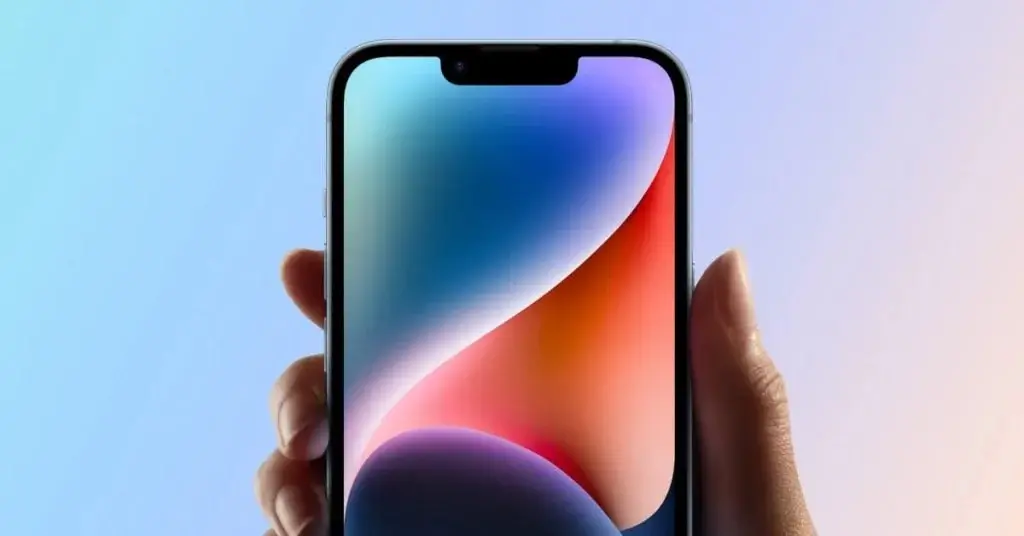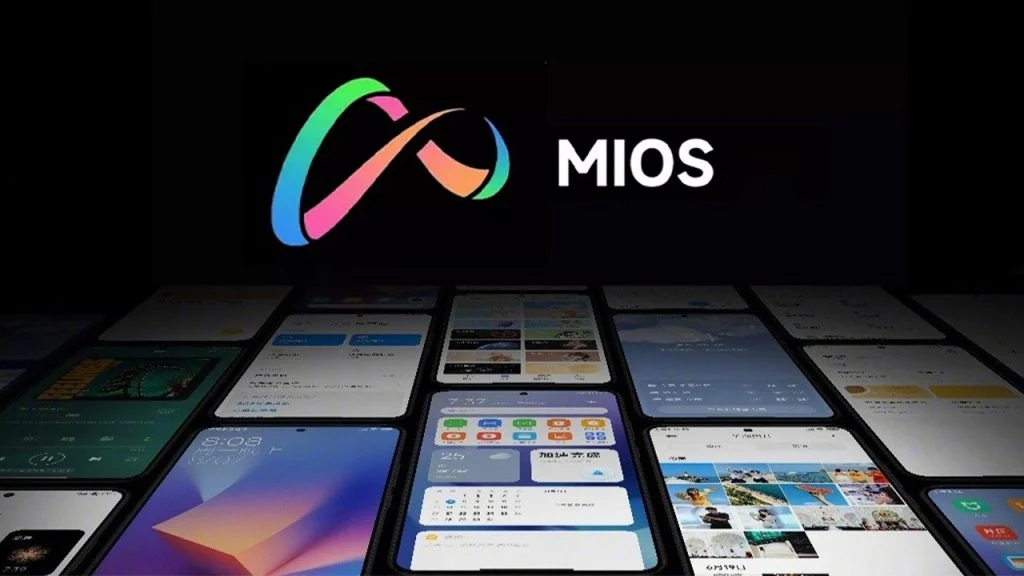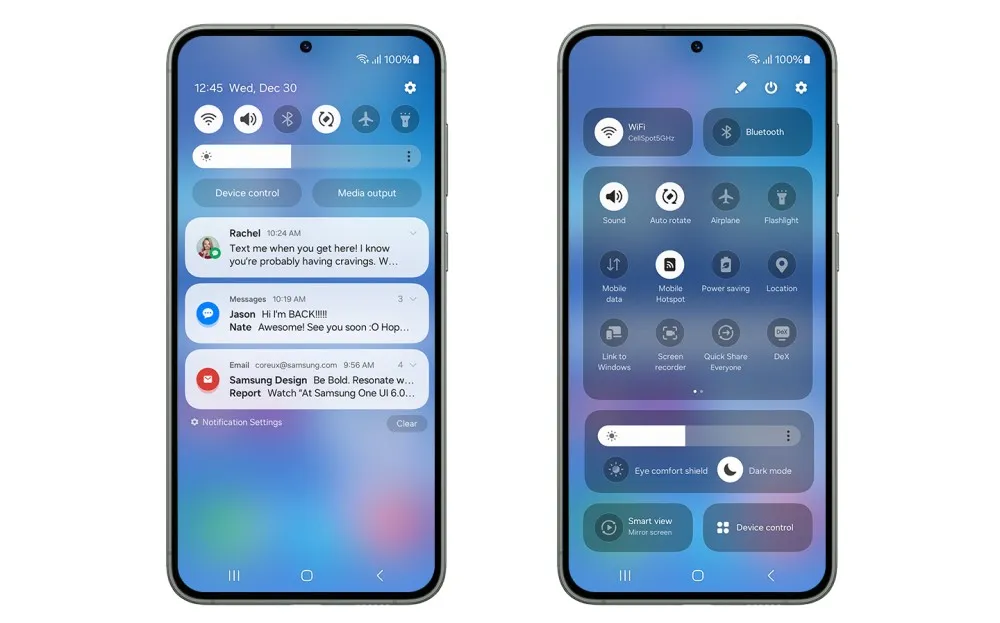Future Apple iPhones to Potentially Feature Extended Battery Life
Reports suggest that Samsung Display is actively exploring the integration of novel materials in its OLED panels, a move that could lead to enhanced battery performance in upcoming Apple iPhones. The incorporation of blue phosphorescent material within the displays is anticipated to lower power consumption and elevate energy efficiency. It's crucial to bear in mind that this fresh screen technology might not hit the market until 2026 or even with the release of the iPhone 18 lineup.
Utilization of Blue Phosphorescent Material for Enhanced Energy Conservation
Traditional OLED panels incorporate red, green, and blue phosphorescent materials. Although the red and green variants boast a 100 percent level of internal luminous efficiency, the efficiency of blue fluorescent materials lags behind at 25 percent. By substituting the current blue fluorescent material with phosphorescent material, Samsung aims to curtail power usage and optimize OLED screen performance. The company is actively engaged in the development of this cutting-edge blue phosphorescent material.
Hurdles in the Development Journey
The lifespan of the emerging materials from Samsung is roughly 55 percent of the durability of the blue fluorescent material featured in the M11 OLED material deployed in the iPhone 13 series. This suggests that the technology is still in its nascent stages and may not be progressing as seamlessly as initially envisioned. UBI analyst Yoon has raised concerns regarding the trajectory of this development. It's imperative to highlight that the information presented is hinged on an unverified report, warranting a cautious approach.
Wrapping Up
To sum up, forthcoming Apple iPhones could potentially witness an enhancement in battery life courtesy of Samsung Display's endeavors to leverage new materials in their OLED panels. The incorporation of blue phosphorescent material holds promise in significantly diminishing power consumption and bolstering energy efficiency. Nonetheless, the timeline for the integration of this technology into iPhones remains uncertain, with 2026 looming as a probable timeframe. Pending further official declarations, it's advisable to approach this information skeptically, given its unofficial nature.



